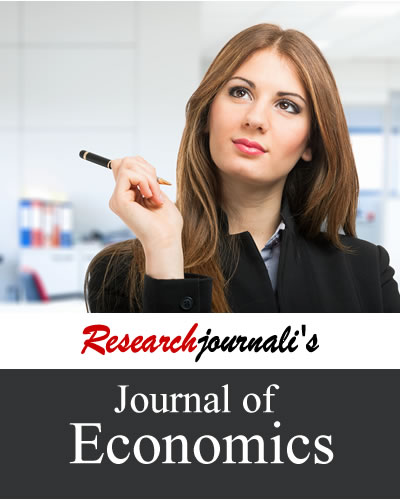Vat Reforms And Revenue Productivity In Kenya (1990 – 2010)
This study evaluates Kenya’s VAT reforms since its introduction in 1990. We identify areas that need further reforms to increase VAT compliance rate which has been relatively low over the years. We established that Kenya’s VAT has been subjected to a number of reforms for instance rationalization of VAT rates and lowering of VAT ceiling to minimize tax evasion and to increase competitiveness of local products together with other reforms discussed in this paper.
To estimate the revenue productivity of VAT, we used elasticity and buoyancy models. VAT buoyancy was estimated using actual VAT data which did not require to be adjusted for government discretionary tax measures.
Download
Download
Instant paper submission
Free plagiarism checking
No copyright transfer
Subject specific journals
Author loyalty reward
Free plagiarism checking
No copyright transfer
Subject specific journals
Author loyalty reward
You may like to read
The Effect Of Fiscal Decentralisation On The Optimisation Of Sustainable Public Debt
The Role Of Motivation On Employee Performance,as Case Study Of Benadir
Effectiveness Of The Office Of The Auditor General In Enhancing Public Sector
Effects Of Personal Characteristics On Credit Access In Tanzania: Panel Survey 2014-2015
Effects Of Selected Macro Economic Variables On Gross Domestic Product Percapita In
Modelling The Optimal Harvest Of The Ecosystem. A Case Of The Rwandan






